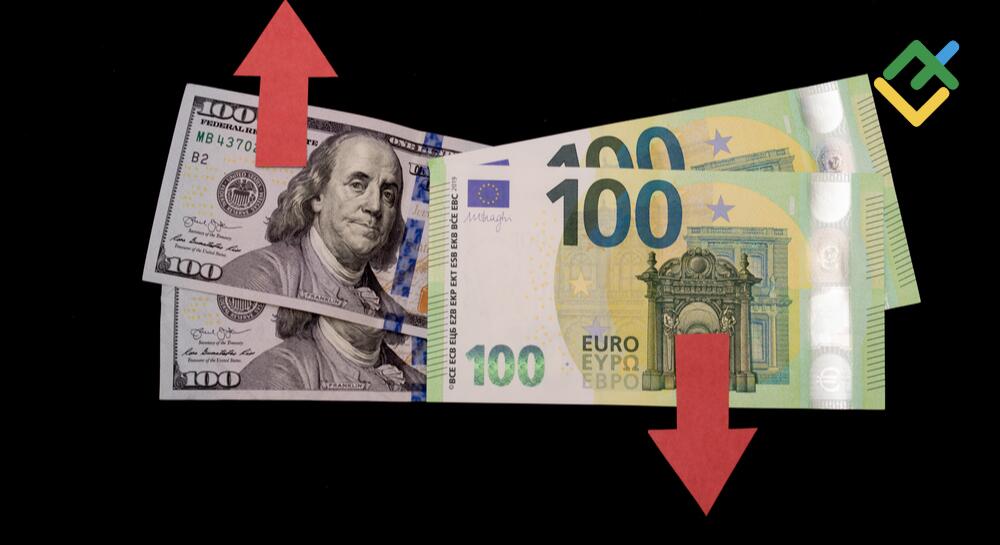
In the realm of global finance, few entities hold as much sway and significance as the Euro and the Dollar. These two currencies, each representing vast economic zones, stand as pillars of stability and power in the world economy. The Euro, the currency of the Eurozone, and the Dollar, the currency of the United States, have long been inextricably linked, yet they also compete and contrast in ways that reflect the broader dynamics of global economics and politics.
The Euro, born in 1999, emerged as a symbol of European integration and ambition. It represented the coming together of multiple European nations under a single currency, aiming to facilitate trade, investment, and economic cooperation across the continent. Initially, the Euro faced skepticism and doubts about its viability, but over time, it established itself as a formidable player in international finance. Today, it is the second most traded currency in the world, used by over 340 million people in 19 of the 27 European Union member states.
On the other side of the Atlantic, the Dollar reigns supreme. As the world’s primary reserve currency, it dominates global trade, finance, and investment. The Dollar’s status as the reserve currency of choice provides the United States with significant advantages, including lower borrowing costs and increased influence over international economic policies. This privileged position has been maintained for decades, bolstered by the size and strength of the American economy, as well as the stability and liquidity of US financial markets.
While both currencies hold considerable influence, they also face distinct challenges and vulnerabilities. The Eurozone, for instance, is a unique experiment in monetary union without full fiscal integration. This means that while member states share a common currency, they retain control over their fiscal policies, leading to disparities in debt levels, economic growth, and competitiveness. The Euro’s stability has been tested repeatedly, most notably during the sovereign debt crisis of the late 2000s, which exposed fault lines within the Eurozone and raised questions about its long-term viability.
Conversely, the Dollar’s dominance is not without its drawbacks. The United States’ large trade deficits and mounting national debt raise concerns about the Dollar’s sustainability as the world’s reserve currency. Additionally, the Federal Reserve’s monetary policy decisions, including interest rate adjustments and quantitative easing measures, can have significant repercussions on global markets, leading to volatility and uncertainty.
In recent years, both currencies have faced new challenges, including geopolitical tensions, technological disruptions, and the rise of alternative forms of payment such as cryptocurrencies. The Euro has grappled with Brexit and its aftermath, as well as populist movements and anti-EU sentiment in some member states. Meanwhile, the Dollar has faced pressure from China’s growing economic influence, as well as calls for diversification away from Dollar-denominated assets.
Despite these challenges, both currencies continue to play crucial roles in the global economy, and their fortunes remain closely intertwined. Exchange rate fluctuations between the Euro and the Dollar can have far-reaching implications for trade flows, investment decisions, and financial market dynamics. For multinational corporations, central banks, and investors, understanding the dynamics of the Euro-Dollar exchange rate is essential for managing risk and optimizing returns.
Looking ahead, the future of the Euro and the Dollar will be shaped by a myriad of factors, including economic growth prospects, monetary policy decisions, geopolitical developments, and technological innovations. The Eurozone’s ongoing efforts to strengthen fiscal integration and enhance economic convergence will be critical in bolstering the Euro’s resilience and credibility. Similarly, the United States’ ability to address its fiscal challenges and maintain its economic competitiveness will be crucial in preserving the Dollar’s status as the world’s preeminent reserve currency.
Conclusion
The Euro and the Dollar represent two distinct yet interconnected pillars of the global financial system. While they compete and contrast in many ways, they also rely on each other for stability and prosperity. As the forces of globalization continue to reshape the world economy, the Euro and the Dollar will remain central players, navigating the complexities of international finance and shaping the course of history.









